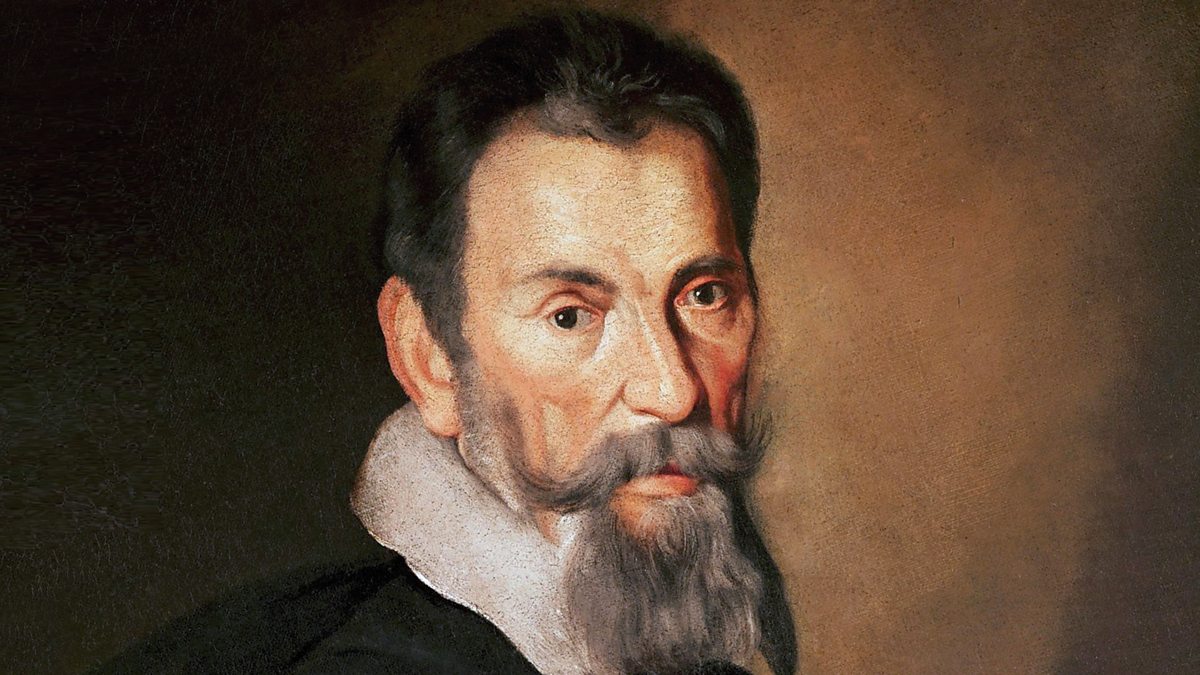Giuseppe Verdi (1813-1901) is one of the most celebrated opera composers in the history of classical music. His works, known for their powerful melodies, intricate characters, and dramatic intensity, have left a lasting impact on the world of opera. Here’s a look at ten of his most acclaimed compositions:
1. La Traviata (1853)
Synopsis: “La Traviata” tells the tragic love story of Violetta, a Parisian courtesan, and Alfredo Germont. Their passionate relationship is marred by societal pressures and misunderstandings, leading to Violetta’s untimely death.
Highlights: The opera features some of Verdi’s most beloved arias, including “Libiamo ne’ lieti calici” (The Drinking Song) and “Sempre libera.” Its emotionally charged music and poignant exploration of themes like love and sacrifice make it a cornerstone of the operatic repertoire.
2. Rigoletto (1851)
Synopsis: Set in the decadent court of the Duke of Mantua, “Rigoletto” follows the tragic story of the hunchbacked court jester Rigoletto, his innocent daughter Gilda, and their entanglement with the lascivious Duke. The opera explores themes of power, betrayal, and revenge.
Highlights: “La donna è mobile,” sung by the Duke, is one of opera’s most recognizable tunes. The dramatic quartet “Bella figlia dell’amore” is another standout piece, showcasing Verdi’s ability to weave complex emotions into his music.
3. Aida (1871)
Synopsis: “Aida” is set in ancient Egypt and revolves around the forbidden love between the Ethiopian princess Aida and the Egyptian military commander Radamès. Their love is tested by war, loyalty, and fate.
Highlights: The “Triumphal March,” with its grand orchestration and use of exotic instruments, captures the opera’s epic scale. Aida’s aria “O patria mia” and the final duet “O terra, addio” are poignant moments of emotional depth.
4. Otello (1887)
Synopsis: Based on Shakespeare’s “Othello,” this opera tells the tragic tale of jealousy and deception. Otello, a Moorish general, is manipulated by his envious ensign Iago, leading to the downfall of Otello and the innocent Desdemona.
Highlights: The opera’s dramatic opening storm scene sets the tone for the intensity that follows. Otello’s aria “Dio! mi potevi scagliar” and the final duet “Niun mi tema” are powerful expressions of the characters’ emotional turmoil.
5. Il Trovatore (1853)
Synopsis: “Il Trovatore” is a tale of love, revenge, and mistaken identity set against the backdrop of a civil war in Spain. The story revolves around the troubadour Manrico, his lover Leonora, and his rival Count di Luna.
Highlights: The “Anvil Chorus” (“Vedi! Le fosche notturne spoglie”) is one of the opera’s most famous and rousing pieces. Leonora’s aria “D’amor sull’ali rosee” and the dramatic final scene are also notable.
6. Don Carlo (1867)
Synopsis: Based on Friedrich Schiller’s play, “Don Carlo” is set in the Spanish Inquisition and follows the political and personal conflicts of Don Carlo, his father King Philip II, and his beloved Elisabeth de Valois.
Highlights: The opera is renowned for its complex characters and rich ensembles. The “Grand Inquisitor Scene” and the “Auto-da-fé” scene are dramatic high points. The aria “Ella giammai m’amò” reveals the deep despair of King Philip II.
7. Falstaff (1893)
Synopsis: Verdi’s final opera, “Falstaff,” is a comedic adaptation of Shakespeare’s “The Merry Wives of Windsor” and “Henry IV.” It follows the antics of the aging, corpulent knight Sir John Falstaff as he attempts to court two married women for financial gain.
Highlights: The opera is known for its lively and witty orchestration. The final fugue “Tutto nel mondo è burla” (“Everything in the world is a joke”) is a brilliant ensemble piece, showcasing Verdi’s mastery of comic timing and musical form.
8. Macbeth (1847, revised 1865)
Synopsis: Verdi’s adaptation of Shakespeare’s “Macbeth” delves into the themes of ambition, guilt, and madness. Macbeth and his wife’s ruthless quest for power leads to their ultimate downfall.
Highlights: Lady Macbeth’s arias, especially “La luce langue” and the sleepwalking scene, are showcases of psychological depth and dramatic intensity. The chorus of witches and the atmospheric orchestration add to the opera’s dark tone.
9. Nabucco (1842)
Synopsis: “Nabucco” tells the story of the Babylonian king Nebuchadnezzar (Nabucco) and his interactions with the enslaved Hebrews. The opera explores themes of oppression, faith, and redemption.
Highlights: The “Chorus of the Hebrew Slaves” (“Va, pensiero, sull’ali dorate”) is a moving expression of longing and became an anthem for Italian unification. Nabucco’s aria “Dio di Giuda” is another emotional highlight.
10. Requiem (1874)
Synopsis: Verdi’s “Requiem” is a sacred composition for the dead, written in memory of the poet Alessandro Manzoni. It blends the dramatic elements of opera with the solemnity of a liturgical work.
Highlights: The “Dies Irae” is a powerful and fearsome depiction of the Day of Wrath, while the “Libera me” showcases Verdi’s ability to convey profound emotional depth through music. The “Agnus Dei” and “Lacrimosa” are other notable sections.
These ten compositions represent the breadth of Verdi’s genius, from his early successes to his late masterpieces. His ability to create music that resonates with deep human emotions and his innovative approach to operatic storytelling ensure that his works continue to captivate audiences worldwide.


Comments are closed